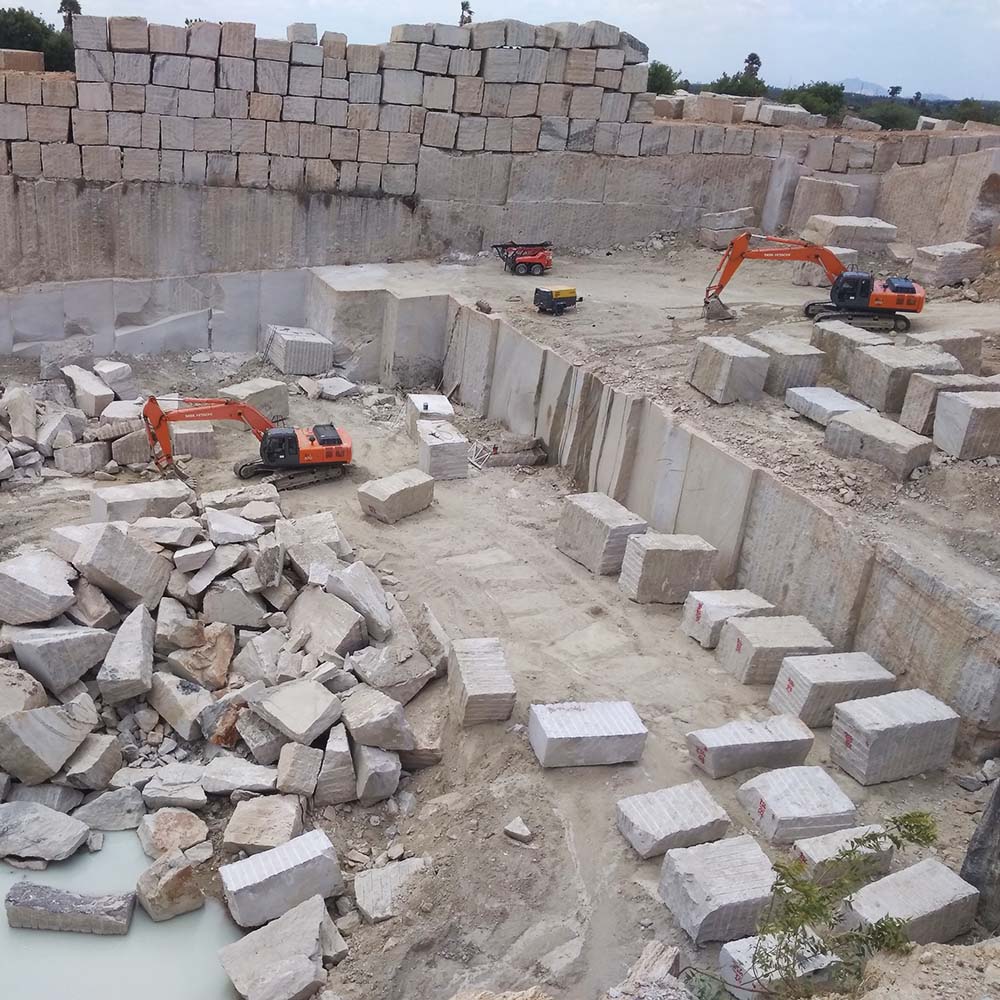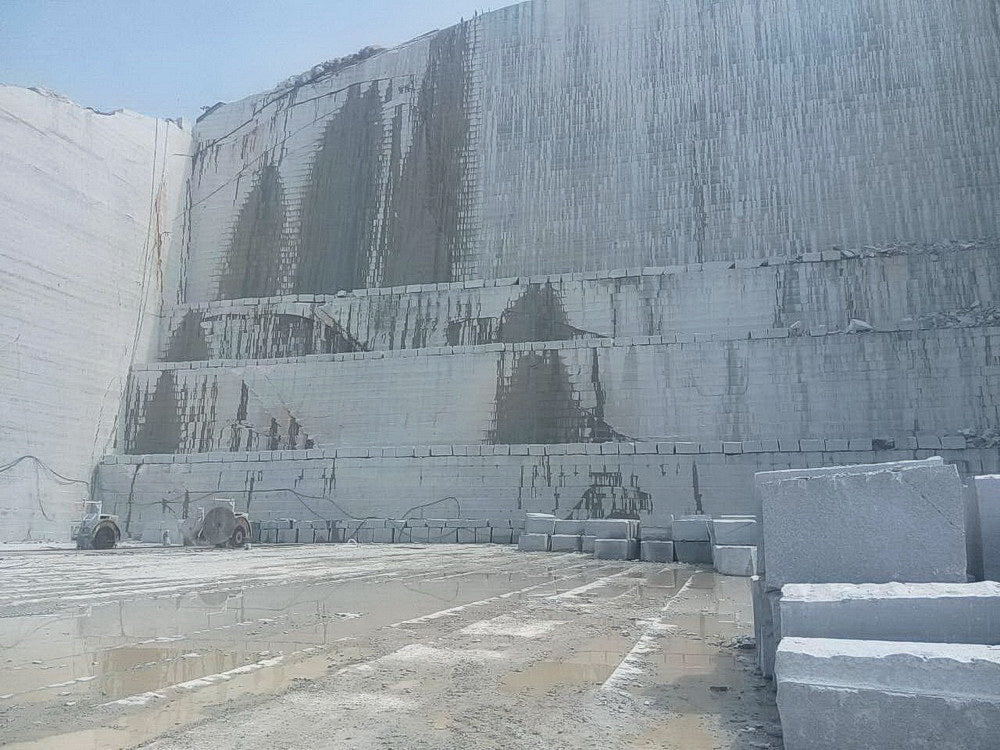Exploring Granite Quarries in South Africa Industry: From Quarry to Masterpiece
Exploring Granite Quarries in South Africa Industry: From Quarry to Masterpiece
Blog Article
Uncovering the Rich Background and Sustainable Practices of Granite Quarrying
As we stand on the precipice of revealing the detailed tapestry of granite quarrying, a trip through time reveals not just the physical act of extracting stone however also the social and historic value woven right into the extremely textile of this practice. From the ancient beginnings that laid the structure for modern quarrying methods to the sustainable techniques that are forming the future of this sector, each carve mark on granite surfaces narrates waiting to be uncovered (granite quarries in south africa). The heritage of granite quarrying stretches much past mere removal; it is a testament to human resourcefulness, strength, and the enduring appeal of this marvelous stone
Ancient Beginnings of Granite Quarrying
Dating back to old human beings, the practice of quarrying granite has actually been an important component of human background and building advancement. The earliest evidence of granite quarrying days back to ancient Egypt, where enormous pyramids and complex sculptures were crafted from this resilient rock. The Egyptians made use of primitive devices to remove granite blocks from quarries, showcasing the relevance of this product in their significant building and constructions.
Progressing in background, the Greeks additionally made significant payments to the quarrying of granite. The Greeks used granite in different building wonders, such as temples and statues, demonstrating their skill in shaping and sculpting this durable stone. The Romans better improved the strategies of quarrying granite, employing sophisticated devices like knives and hammers to essence and shape granite for their renowned structures.
Through the centuries, the technique of quarrying granite has advanced, with contemporary innovations enhancing efficiency while maintaining the ageless charm of this all-natural stone - granite quarries in south africa. From old human beings to contemporary builders, the tradition of granite quarrying continues to form our world
Evolution of Quarrying Methods
The development of quarrying strategies has actually been noted by a continual progression towards higher performance and accuracy in drawing out granite. From the rudimentary approaches employed by our forefathers to the sophisticated innovations made use of in contemporary quarrying operations, the market has undertaken substantial improvements. Early quarrying methods entailed hand-operated labor with standard devices such as knives, hammers, and wedges to draw out granite blocks from the earth. As worlds progressed, methods like fire-setting and primitive dynamites were presented to help with the extraction procedure.
Improvements in computer-controlled tools and 3D modeling have maximized quarrying procedures, leading to marginal environmental influence and boosted sustainability methods. As the need for granite continues to rise, the development of quarrying methods remains indispensable to conference industry requires successfully and sustainably.
Cultural Relevance of Granite
Granite holds a profound social importance throughout different human beings as a result of its enduring existence in building work of arts and respected monuments. From the majestic pyramids of Egypt to the detailed makings of the Angkor Wat discover this holy place in Cambodia, granite has actually been a material of choice for sharing magnificence and why not look here longevity in cultural heritage. In ancient Rome, granite columns decorated temples and public buildings, signifying strength and durability. The social importance of granite extends beyond its physical features; it symbolizes durability, stability, and eternity, making it a symbol of sustaining heritages and practices.

Sustainable Practices in Quarrying
Amidst the abundant history of granite quarrying and its cultural value exists a growing focus on lasting methods within the industry. As ecological recognition and worries about source deficiency have increased worldwide, the quarrying sector has actually progressively accepted sustainable approaches to minimize its effect on the atmosphere and surrounding neighborhoods.

Additionally, recovery and rehabilitation of quarry sites post-extraction are important to lasting practices. By restoring quarried areas to a natural or useful state, such as producing wildlife habitats or recreational spaces, quarriers can offset the ecological impact of their procedures and contribute positively to the regional community.
Legacy of Granite Quarrying
With a historical background soaked in workmanship and commercial development, what enduring effect has granite quarrying left on the landscape of modern society? The heritage of granite quarrying goes beyond plain removal methods; it has shaped architectural marvels, urban landscapes, and cultural heritage worldwide. The durable nature of granite has made it a recommended selection for monuments, buildings, and infrastructure, standing as a testament to the skill and artistry of quarry employees across generations.
In addition, the financial impact of granite quarrying can not be forgotten. The sector continues to offer job opportunity and drive local economic climates in areas where granite extraction prevails. It has likewise spurred technical developments in quarrying strategies and devices, leading to extra efficient and sustainable techniques.
In regards to sustainability, the heritage of granite quarrying includes efforts to minimize environmental effects with recovery projects and accountable source monitoring. By balancing economic passions with ecological stewardship, the industry aims to make certain that future generations can continue to take advantage of this enduring natural deposit.
Verdict

Report this page